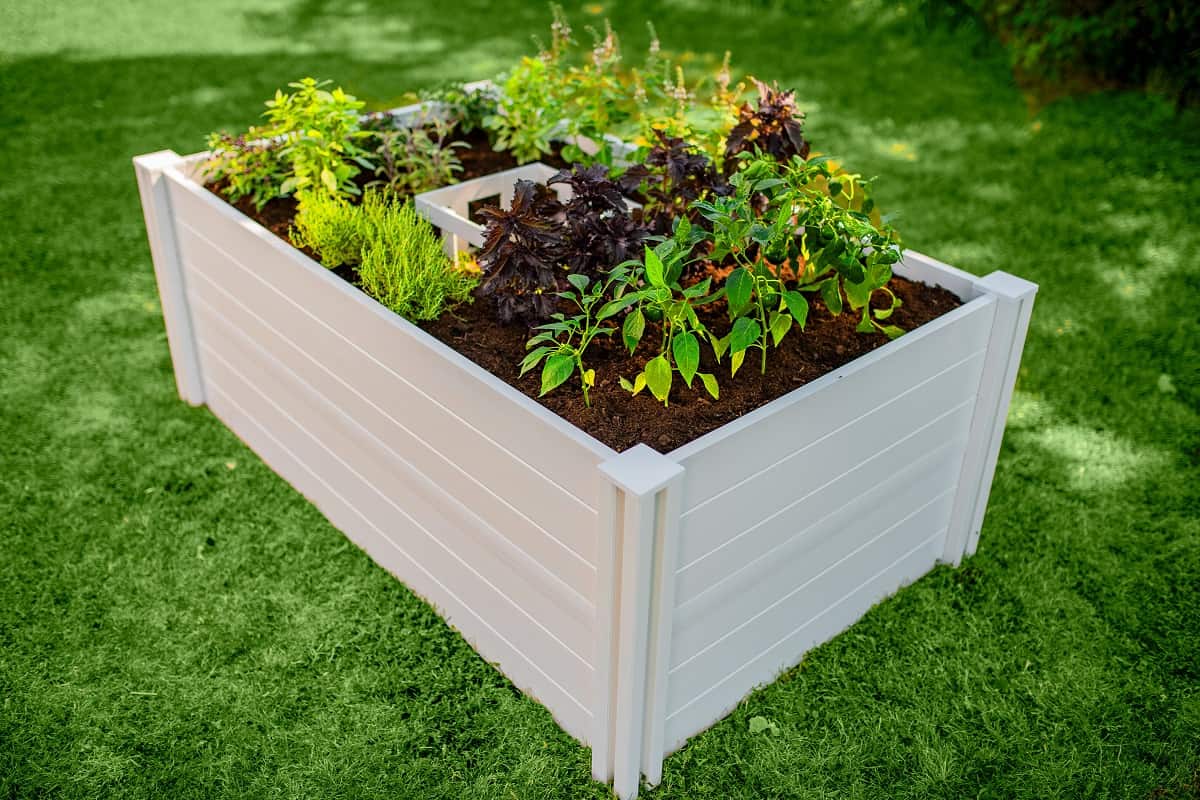Quick Access
Keyhole garden bed
What’s easier than gardening in a raised bed? Would you like to compost at the same time? Introducing the keyhole garden. The keyhole garden is a raised round bed with a pie cut to access the central compost basket. Beds are full of rocks, garden waste, decomposable plant materials, and thick layers of soil/compost for planting. The central basket collects the kitchen and other biodegradable waste. Watering the basket disperses water and nutrients through the keyholes. This efficient stilt gardening method is often used in areas with poor soil that are not suitable for growing vegetables.
Is 6 inches deep enough for raised beds?
The raised floor does not need to be very deep to be effective. 8 to 12 inches is usually a good choice. If drainage is an issue, or if the plant you are growing prefers drier soil, the bed may be taller and filled with a porous substrate. The vegetable bed should be 12 to 18 inches deep.
How to make a keyhole garden
Before you start building a keyhole garden, you will want to prepare the area. If your question is what is a good size for a garden bed? Then here is the answer the garden does not exceed 6 feet so that you can easily reach the center of the bed. Make sure the area is level so that the beds are not uneven.
Know how you make a raised bed with a keyhole by the help of simple steps:
Step 1: Put the bed
Pile through the centre of the bed of the future. Loosely attach the string to the stake, measure 3 feet from the centre, and tie a knot at that point on the string.
Then slide the stake or screwdriver into the knot, go around the ground and mark the bed as above.
Use sand to mark the shape of a keyhole garden bed-sand or flour is an easy way to create a visible guide to the contours of a garden bed.
Sand or flour is an easy way to create a visible guide to the contours of your composting garden bed. Mark the contours of the keyhole bed and compost basket Sprinkle the scratched lines with sand or flour to help you see the contours of the raised bed as you work.
Step 2: Build the sidewall.
Form the first layer of the outer wall on the marked line. Stack bricks, stones, garden blocks, and logs on the side of the garden in the keyhole; you can form any number of new or reused items.
Customize the height of the keyhole garden-The keyhole garden can be any height. It’s on the waist and is easy to handle without bending over.
The keyhole garden can be of any height. It’s on the waist and is easy to handle without bending over.
Build the wall to the desired height, whatever is comfortable for you and has easy access to the plants. You can always start low and add height later. It’s easier to make a central compost basket before the outer walls of the rock garden get too high.
Step 3: Make a compost basket.
The sides of the central 18-inch wide compost basket should be porous to allow water and nutrients to flow through the keyholes into the garden. I made mine from a chain-link cylinder fixed with two-rod stakes. Chicken wires, thatched roofs, and even rows of bamboo sticks are good materials for making baskets. It is advisable to build a removable block or panel on the bottom of the keyhole compost basket so that the finished compost can be scooped out during the growing season. It’s not in the mine, but I think it’s easier to compost.
Fill Garden Beds in Your Keyhole-The higher the sidewalls, the harder it is to fill them. You can add a little dirt during construction and smooth it out when the wall is complete.
Step 4: Fill the keyhole bed
Perhaps the hardest part of the building is filling the bed. I need a lot of lands! The 18 inches on your raised bed must be a good soil/compost mixture for planting. The bottom can be filler. If a keyhole garden is common, first discard cans, rocks, clay pots, branches, and debris of any kind fill the space, then discard layers of soil, plants, wood ash, fertilizer, and other materials. Can do—compost with abundant overtime. After this step you can start planting cool-weather vegetables such as peas, broccoli, and lettuce. Raise the trellis onto the compost basket to grow creeper cucumbers or beans. And the best part is that there is a minimal bend between weeding and harvesting!
Conclusion: Design a Keyhole Garden with Strings-Using a tape measure and string; you can easily mark a circle in your keyhole garden. A tape measure and string make it easy to mark the garden circle in the keyhole.

